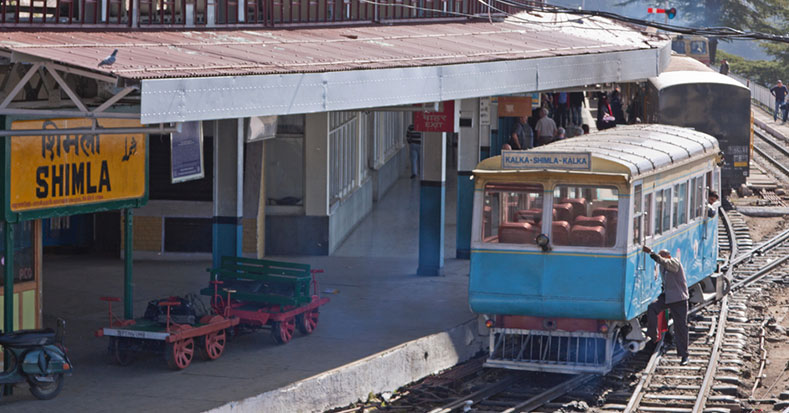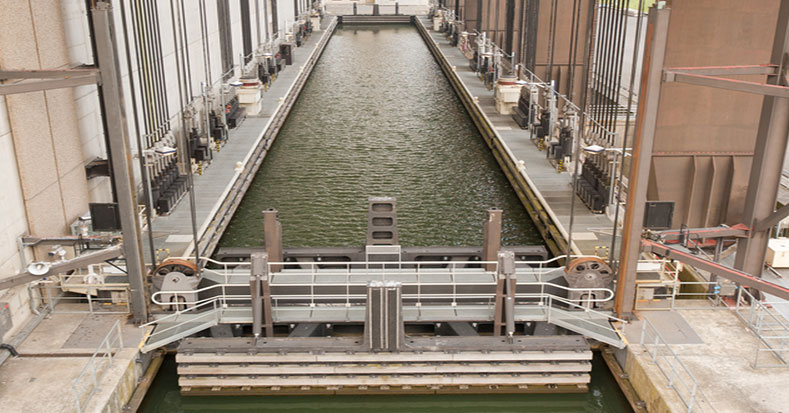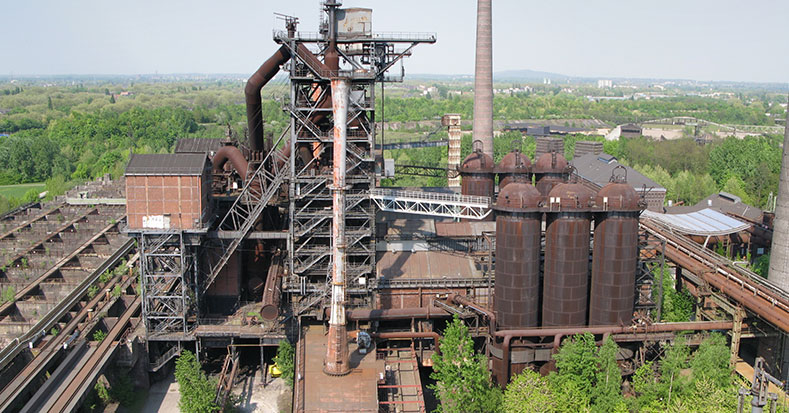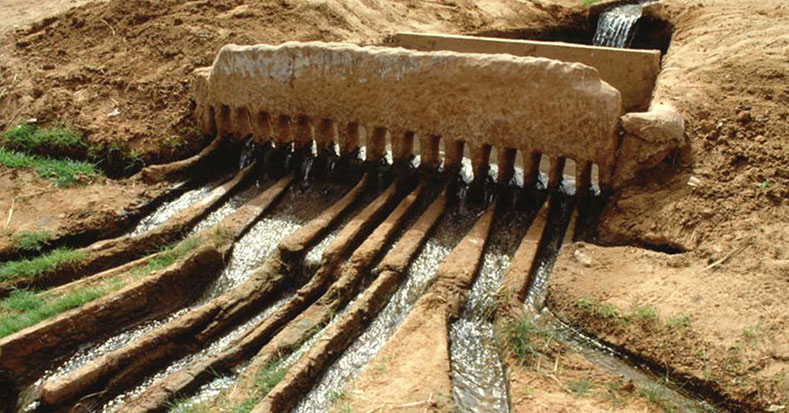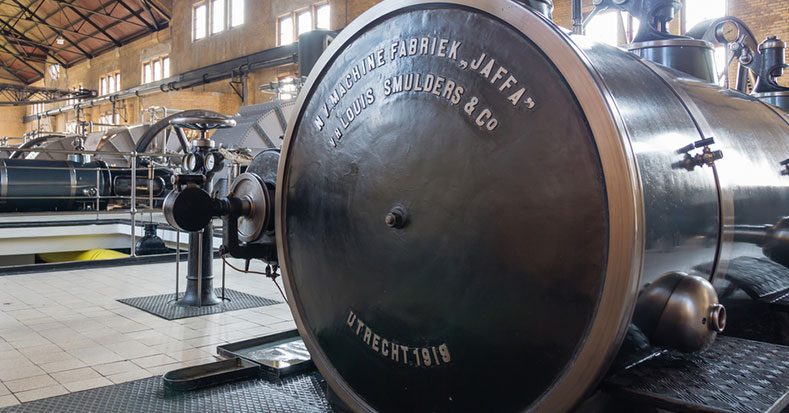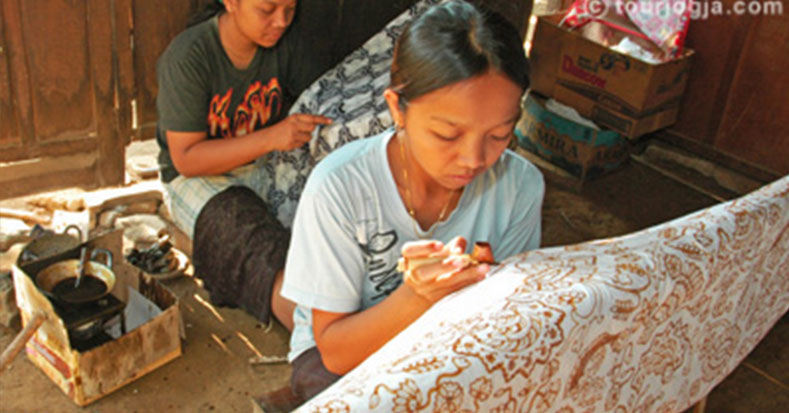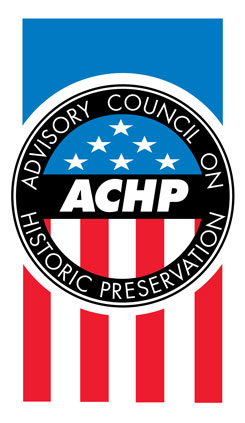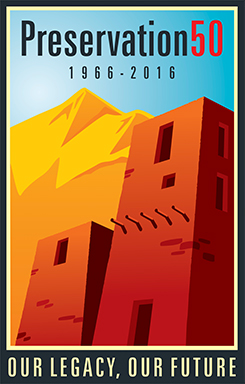
In 1966, the seminal report With Heritage So Rich issued a call to action to respond to the rising tide of destruction of the nation’s patrimony. The result was enactment of the National Historic Preservation Act of 1966 (NHPA), the foundation of the current national historic preservation program. The drafting of With Heritage So Rich was preceded by a search for international precedents to guide the develop of a new national approach to historic preservation in the U.S. Indeed, the drafters of With Heritage So Rich, known as the Rains Committee, first toured eight European countries to examine other national approaches.
Fifty years later, the preservation movement in the United States has much to celebrate. Yet we also face new and urgent challenges and opportunities unheard of in 1966. What can and should U.S. preservation law and federal programs look like for the next 50 years? Just as the Rains Committee sought out the best international examples of historic preservation law, policy and practice when it crafted the NHPA, so too should we gather and consider case studies in preservation excellence across the globe. To this end, World Heritage USA, in collaboration with the U.S. Advisory Council on Historic Preservation (ACHP), conducted a Virtual Rains Committee International Tour to solicit short essays describing interesting and useful approaches to heritage law, policy, program strategy, and related preservation challenges from abroad that can help point the way to innovations in U.S. heritage practice over the next 50 years.
World Heritage USA is pleased to publish the eight most promising ideas herein. These essays feature ideas developed and put into practice in Australia, Canada, China, and the United Kingdom, as well as ideas from the United States that have been implemented here and abroad.
These essays address the interrelated and globally pressing themes of climate change, disaster response, the challenges of preserving intangible heritage, and insufficient heritage funding worldwide. At the same time, they offer positive and promising ways to
- Foster community and indigenous involvement in heritage conservation;
- Better preserve intangible heritage;
- Crowd source information in response to disaster;
- Share open source software development; and
- Better fund and manage heritage at the local level.
We thank the essayists for their participation and are excited to see their ideas advanced and disseminated as U.S. preservation celebrates fifty years of success and looks ahead to the next fifty years.

